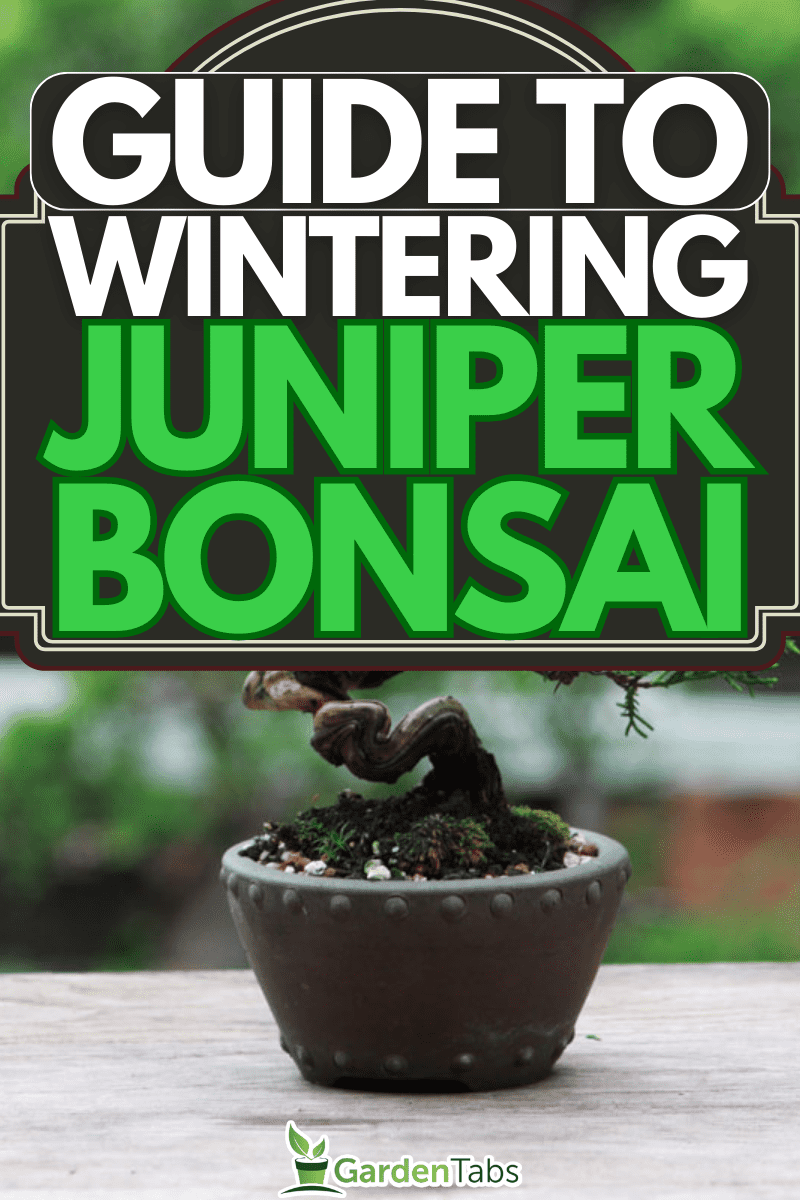If you're a juniper bonsai owner, you know how much love and care these little trees need to thrive.
But as the winter months approach, you might be wondering how to keep your bonsai safe from the cold weather.
Don't worry—we've got your back!
In this article, we'll provide you with the best winter care tips to ensure your juniper bonsai stays healthy and strong, even in the chilliest of temperatures.
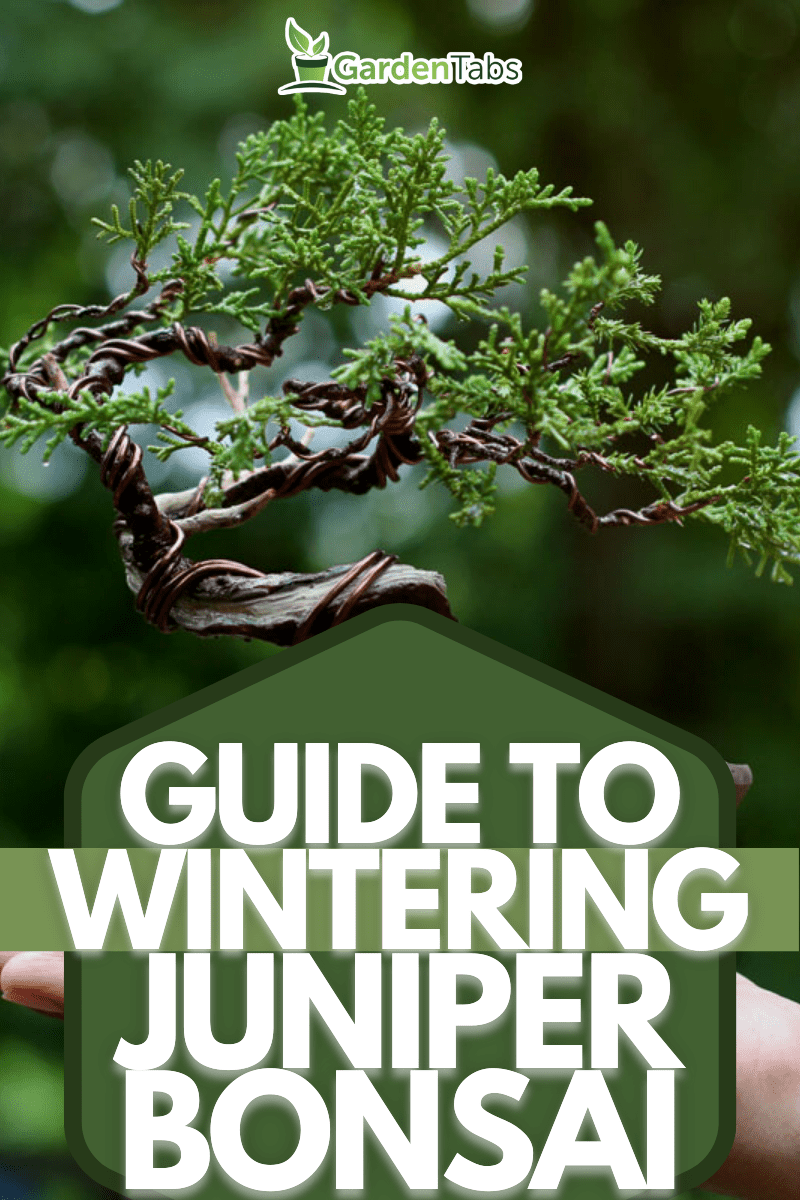
Can a Juniper Bonsai Survive Winter?
If you're wondering whether your juniper bonsai can survive the winter, the answer is yes!
Juniper trees are hardy and can withstand extremely cold temperatures, making them perfect for outdoor bonsai gardening.
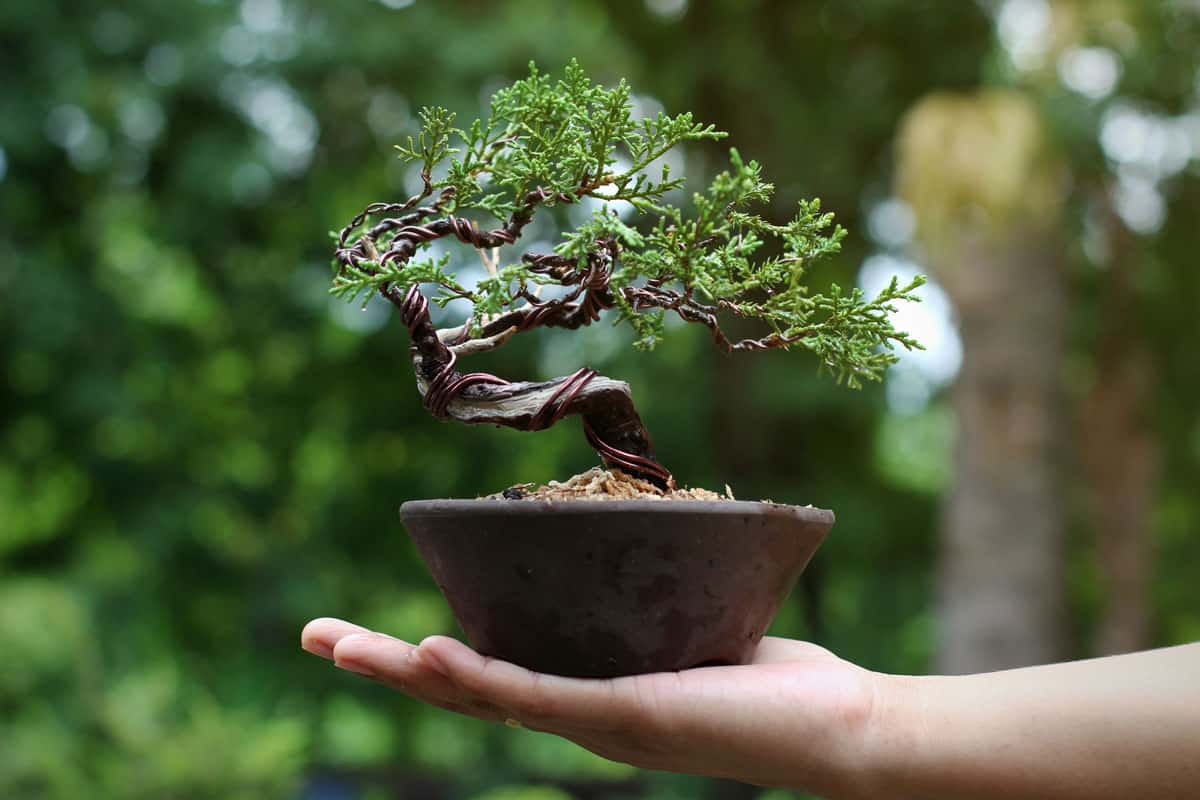
However, it's important to protect your bonsai from harsh winter weather conditions to ensure its survival.
One way to protect your juniper bonsai during winter is to put it in a container and plant it in the ground.
This will protect the roots from freezing temperatures.
You should also make sure to place your bonsai in a location that is sheltered from the wind and harsh elements.
Another way to protect your juniper bonsai during winter is to move it indoors when the temperature drops below 20 degrees Fahrenheit.
If you decide to keep your bonsai indoors, make sure to place it in a location that receives plenty of sunlight and water it regularly.
It's important to note that juniper bonsai can lose their leaves if the temperature gets too cold.
Preparing Your Juniper Bonsai for Winter
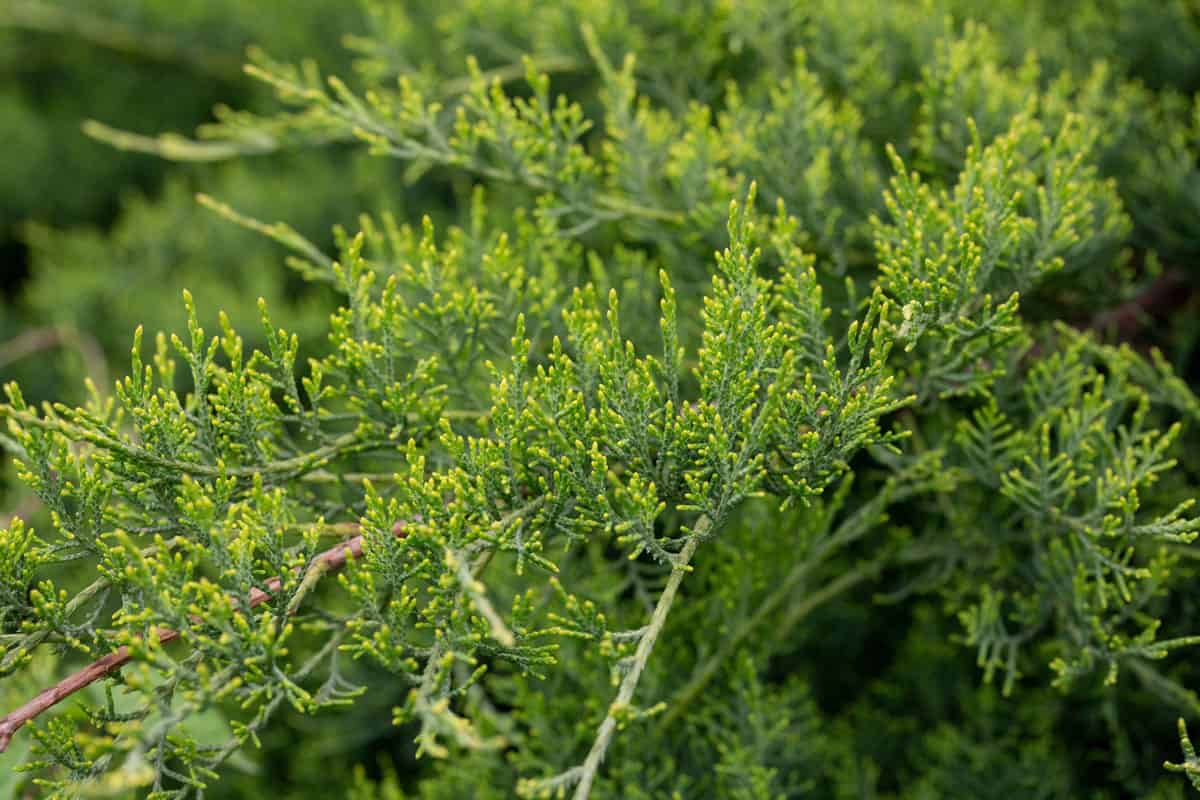
.Here are some steps you can take to prepare your bonsai for winter:
Pruning and Shaping
Before winter arrives, it's a good idea to prune and shape your juniper bonsai. This will help the tree conserve energy during the winter months.
Remove any dead or diseased branches, and trim back any long shoots. Be careful not to remove too much foliage, as this can stress the tree.
Fertilizing at the Right Time
During the winter months, you should avoid fertilizing your juniper bonsai.
Fertilizers can encourage new growth, which is not ideal during the dormant winter season.
Instead, focus on fertilizing your bonsai during the growing season to promote strong growth.
Watering
During the winter, you should water your juniper bonsai sparingly.
Overwatering can cause the roots to freeze, so it's important to strike the right balance.
Water your bonsai once every two weeks, making sure to avoid watering the bottom of the tree.
This can cause the roots to freeze, which can be harmful to your bonsai.
By following these simple steps, you can help your juniper bonsai survive the winter and thrive in the spring.
Protecting Your Juniper Bonsai During Winter
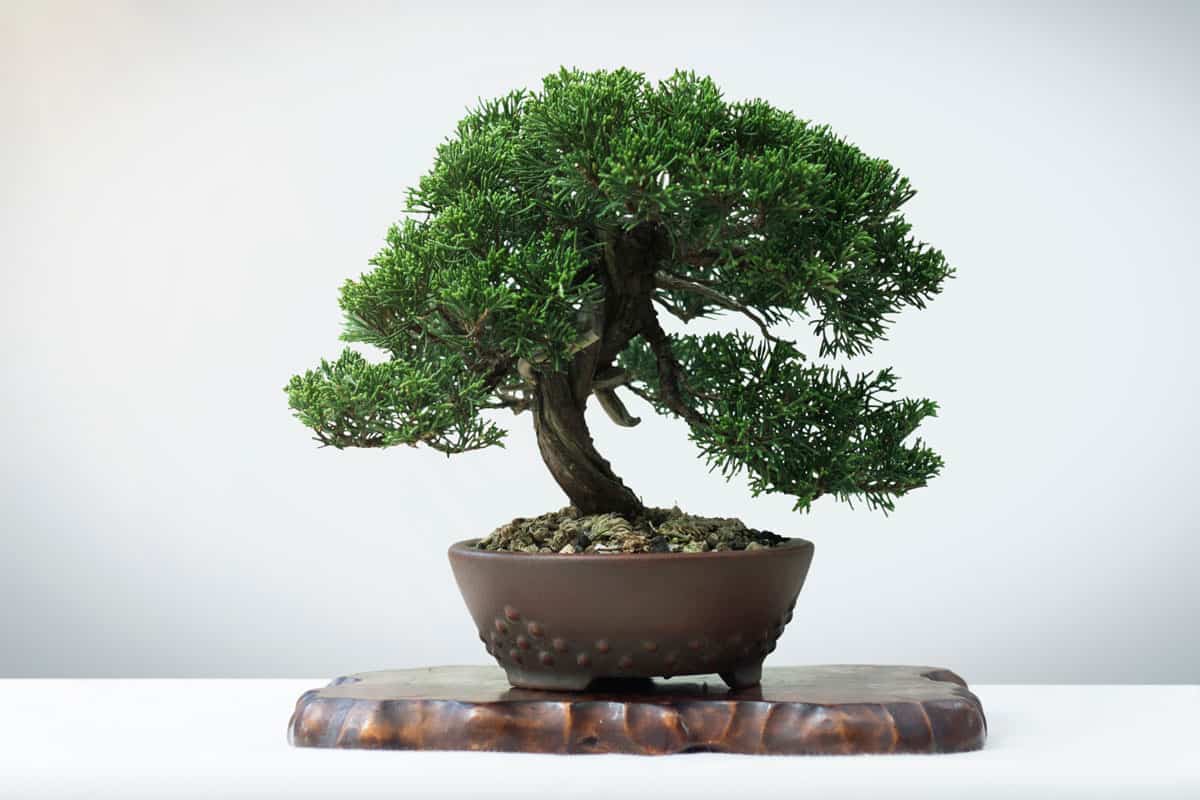
The cold weather, dry winds, and ice can dehydrate your tree and cause dry, brittle branches.
But with the right care, you can protect your juniper bonsai and help it thrive during the winter months.
Here are some tips for protecting your juniper bonsai during winter:
Mulching
Mulching your juniper bonsai is an effective way to protect it from cold weather.
Mulch helps to insulate the roots and keep them warm. It also helps to retain moisture in the soil, which is important for the health of your tree.
To mulch your juniper bonsai, simply cover the topsoil with a layer of mulch. You can use materials such as bark chips, straw, or leaves.
Make sure the mulch is not too thick, as this can prevent water from reaching the roots.
Covering the Tree
Covering your juniper bonsai is another way to protect it from cold weather.
You can cover your tree with a layer of fleece or burlap to protect it from ice and dry winds.
Make sure the cover is not too tight, as this can prevent air from circulating around the tree.
Also, make sure to remove the cover during the day to allow sunlight to reach the tree.
Put Your Tree in a Sheltered Area
You may want to place your juniper bonsai in a sheltered area, such as a garage or shed.
This will protect your tree from the extreme cold and wind. Make sure the area is cool and dry, as too much heat or moisture can damage your tree.
You could also put your tree in a sunroom or greenhouse.
Monitoring Your Juniper Bonsai During Winter
It's important to monitor your juniper bonsai regularly to ensure it stays healthy throughout the winter season.
Here are some tips to help you keep an eye on your bonsai:
Check the soil moisture regularly
Your juniper bonsai needs less water during the winter, so be careful not to overwater it.
Use a moisture meter to check the soil moisture level, and only water when the top inch of soil is dry.


Check out this moisture meter on Amazon.
Inspect for pests and diseases
Winter is a common time for pests and diseases to attack your juniper bonsai.
Regularly inspect your bonsai for any signs of infestation, such as discolored leaves, webs, or holes in the bark.
If you notice any issues, treat them immediately to prevent further damage.
By monitoring your juniper bonsai regularly during winter, you'll be able to catch any issues early and keep your bonsai healthy and thriving.
Why Does My Juniper Bonsai Turn Yellow in Winter?
One common issue that many bonsai enthusiasts face is the yellowing of the foliage during winter. This can be caused by a number of factors, including:
Improper Watering
During the winter months, it is important to adjust your watering schedule to accommodate cooler temperatures.
Overwatering can lead to root rot, while underwatering can cause the tree to dry out and turn yellow.
Make sure to check the soil moisture level regularly and adjust your watering schedule accordingly.
Lack of Sunlight
Winter days are shorter and darker, which can lead to a lack of sunlight for your juniper bonsai.
If your tree is not getting enough light, it may start to turn yellow.
Consider moving your tree to a sunnier location or using artificial grow lights to supplement natural light.
Dormancy
Juniper bonsai trees, like many other plants, go through a period of dormancy during the winter months.
This means that they slow down their growth and conserve energy. During this time, it is normal for the foliage to turn yellow or brown.
However, if the tree is properly cared for, it should bounce back in the spring.
Final Tips
Winterizing your juniper bonsai may seem like a daunting task, but it's crucial to ensure its survival and continued growth during the colder months.
By providing your tree with the right care and attention, you'll reap the benefits of a healthy and vibrant bonsai come springtime.
Follow our winter care tips to keep your juniper bonsai healthy all winter long. With a little effort and dedication, your bonsai will give you years of enjoyment and beauty.
You might also like: How Much Do Bonsai Trees Cost?, What’s The Best Fertilizer For Bonsai?




